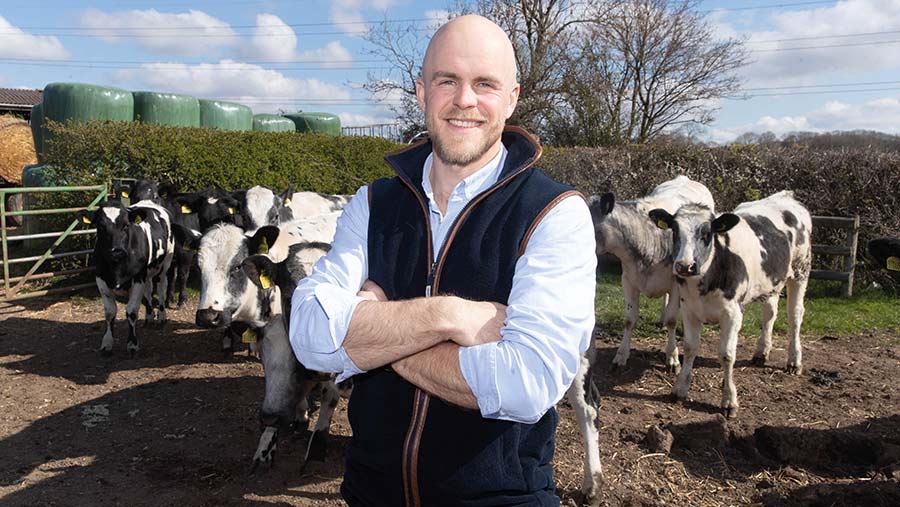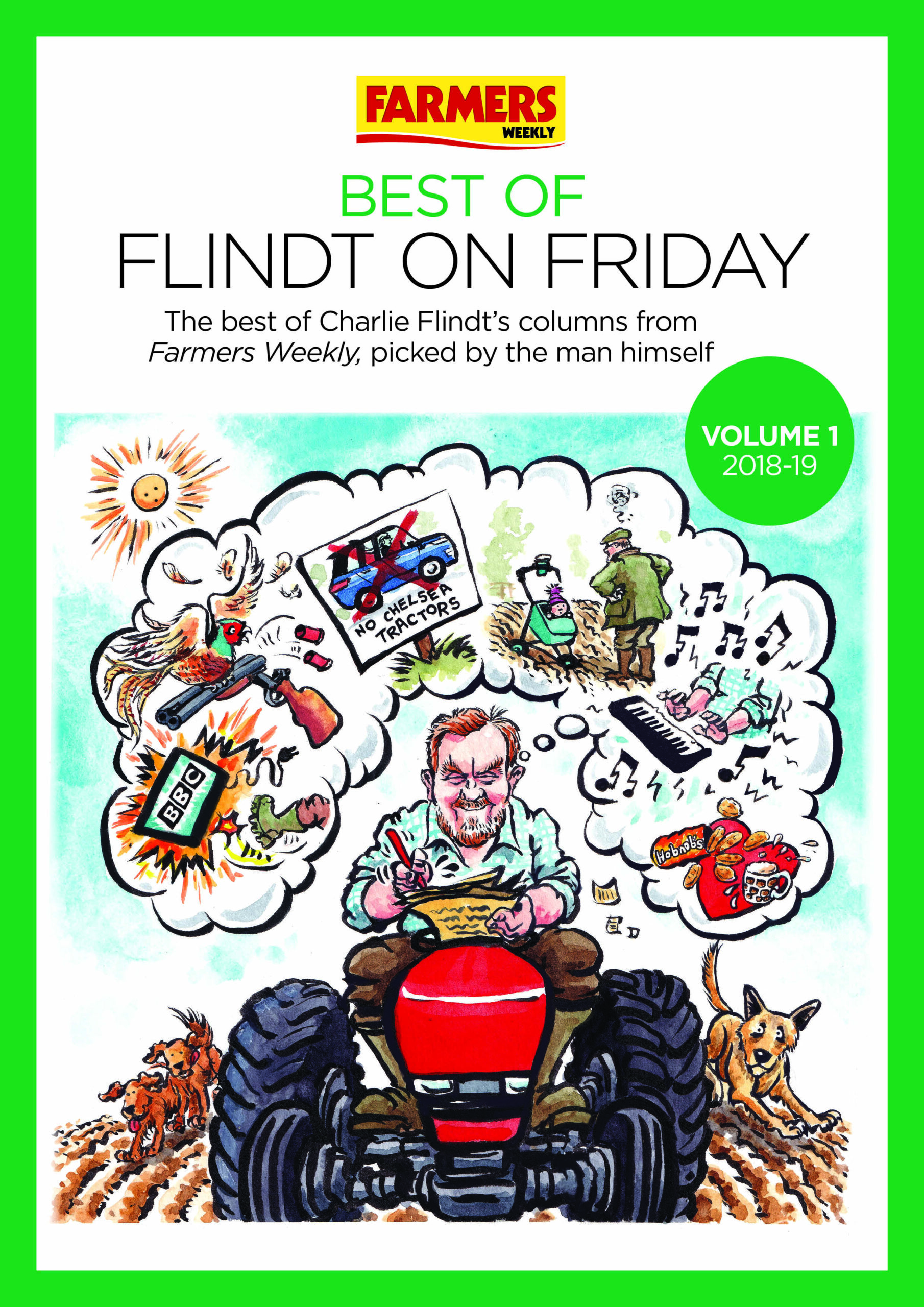James Herrick: ‘Cattle should be functional, not flashy’
 © Tim Scrivener
© Tim Scrivener This article has caught me right in the middle of calving. Well I say “the middle” but we are currently four weeks in, with 75% of the cows calved and with very little intervention. Just the way I like it.
We calve in a spring block. We start at the beginning of March for 12 weeks, which will soon be decreased to nine, now we have the majority of our cows calving at the beginning of our block.
I keep toying with the idea of dropping the pattern back a couple of weeks to make better use of the grass growth curve and finer weather, enabling us to get calves out of yards straight away.
See also: James Herrick – memories of my grandad and a bygone era
Cattle should be functional and not flashy (a bit like myself), so those able to calve on their own are really a winner for me.
We seem to have become accustomed to having to “pull” calves or perform caesareans, which is a trait that would never be tolerated in the large-scale cattle farming countries such as the US or Canada.
In these countries, they would often have 750-1,000 cows to one person and the thought of having to assist a cow at birth wouldn’t even cross their mind.
Some may think we are fortunate to have the manpower to be in a position to help, however it’s also a situation we have put ourselves in.
We have used estimated breeding values to choose our sires for more than 10 years now and it’s a tool we would never be without.
It has allowed us to select bulls that calve easily without compromising on growth rates for our finishing cattle, or maternal traits for our replacements.
Despite the recent rain, we have also been able to get all of our cows with calves at foot, and our cows left to calve, out to grass, which is a great relief after last year’s lower silage yields.
All I hope now is that the final 25% of animals continue in the same vein as the first 75%, allowing us to make preparations for bulling once more.
After all, calving isn’t finished until the cow is back in-calf again.


